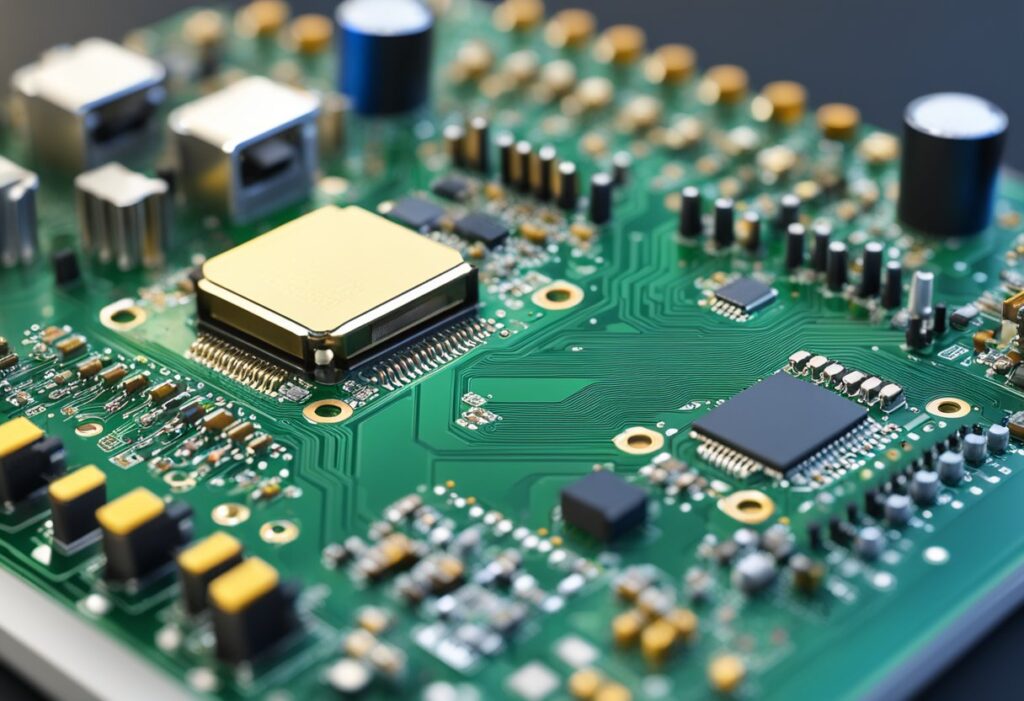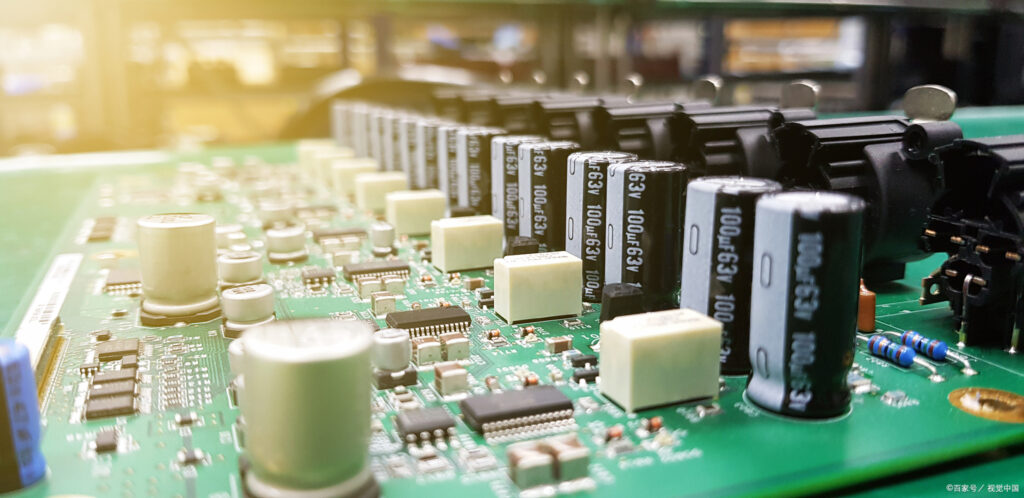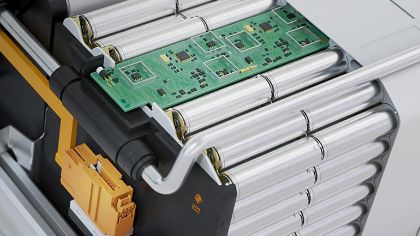Reflow Soldering and Wave Soldering difference
Modern electronics manufacturing depends on reliable soldering techniques. Two dominant methods are reflow and wave soldering. Each serves distinct purposes in PCB assembly. Understanding their differences is essential for engineers. Proper selection impacts product quality and performance. This article explores both processes in detail.
1.Introduction to the Processes
Soldering is vital in electronics manufacturing. Two main methods are commonly used. These are reflow soldering and wave soldering. Each technique has distinct applications. They are chosen based on the assembly requirements.
2. The Reflow Soldering Process
Reflow soldering is used for surface-mount devices (SMDs). First, solder paste is applied to the board. Then, components are placed on the pads. After that, the board enters a reflow oven. The oven heats the assembly in several stages. Consequently, the solder paste melts and forms joints. Finally, the board cools down to solidify the connections.
3.The Wave Soldering Process
Wave soldering is typically for through-hole components. Initially, components are inserted into the board. Then, the board passes over a molten solder wave. This wave contacts the underside of the board. As a result, solder joints are created on the pins. This process is highly efficient for bulk production.
4.Key Differences and Applications
The primary difference lies in component type. Reflow is for SMDs, while wave is for through-hole parts. Furthermore, reflow uses paste, but wave uses liquid solder. Reflow allows for miniaturization and complex designs. Conversely, wave soldering offers strong mechanical bonds. Therefore, reflow is common in modern, compact devices. Meanwhile, wave soldering remains crucial for durable assemblies.
In summary, both methods are essential. The choice depends on the specific product design and components used.

Emerging Trends and Future Outlook
The electronics industry continues to evolve rapidly. New soldering technologies are emerging. Laser soldering offers precise localized heating. Vapor phase reflow provides uniform temperature distribution. These methods address specific manufacturing challenges. Automation and robotics are enhancing both processes. Smart factories implement real-time quality monitoring. Environmental considerations are also important. Lead-free soldering has become standard. Manufacturers seek greener alternatives. The future will bring more hybrid approaches. Flexibility and precision will remain key goals.


